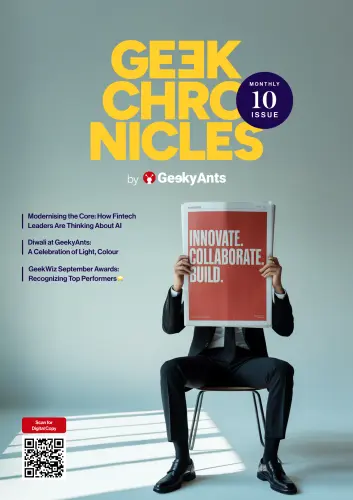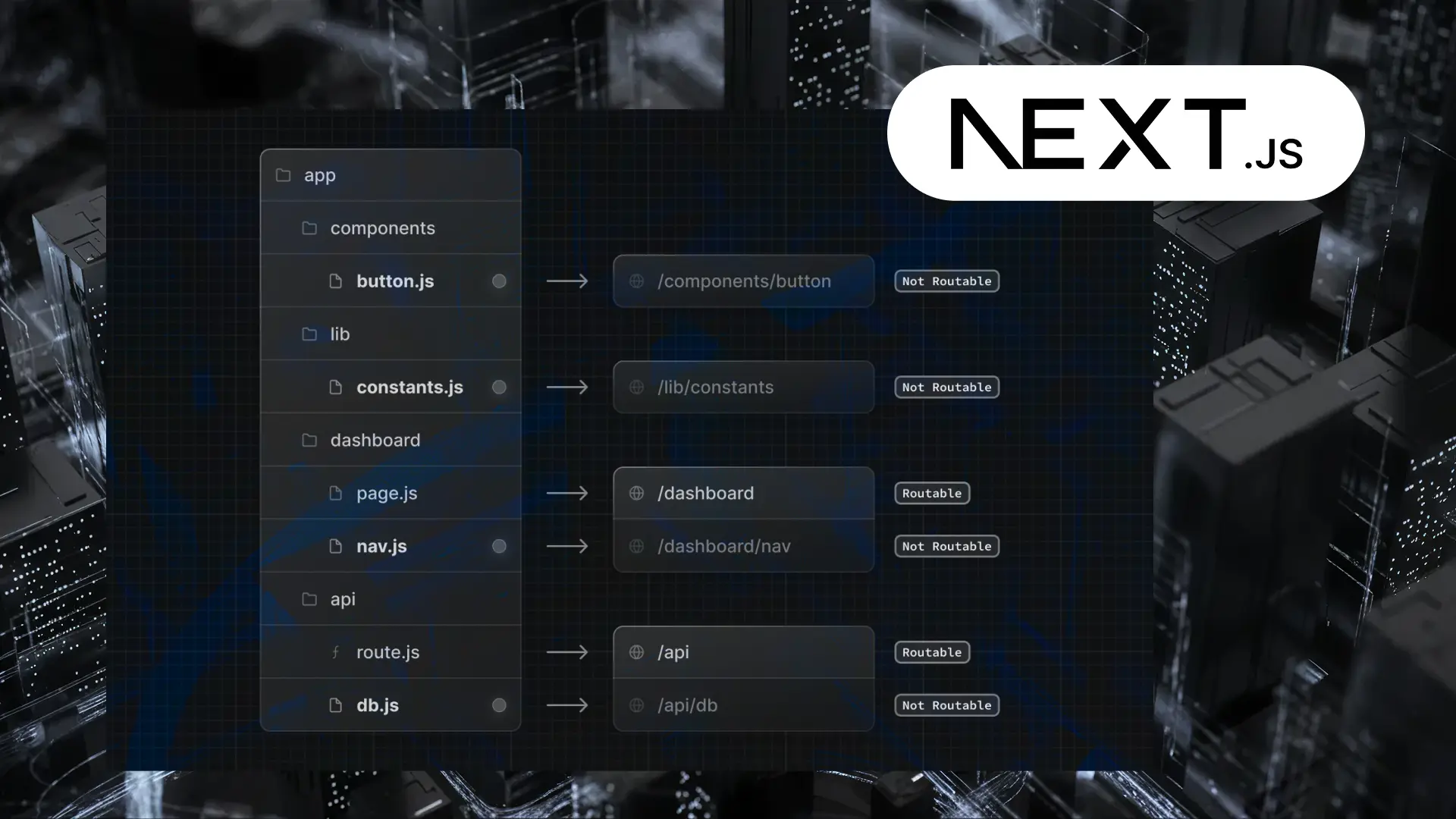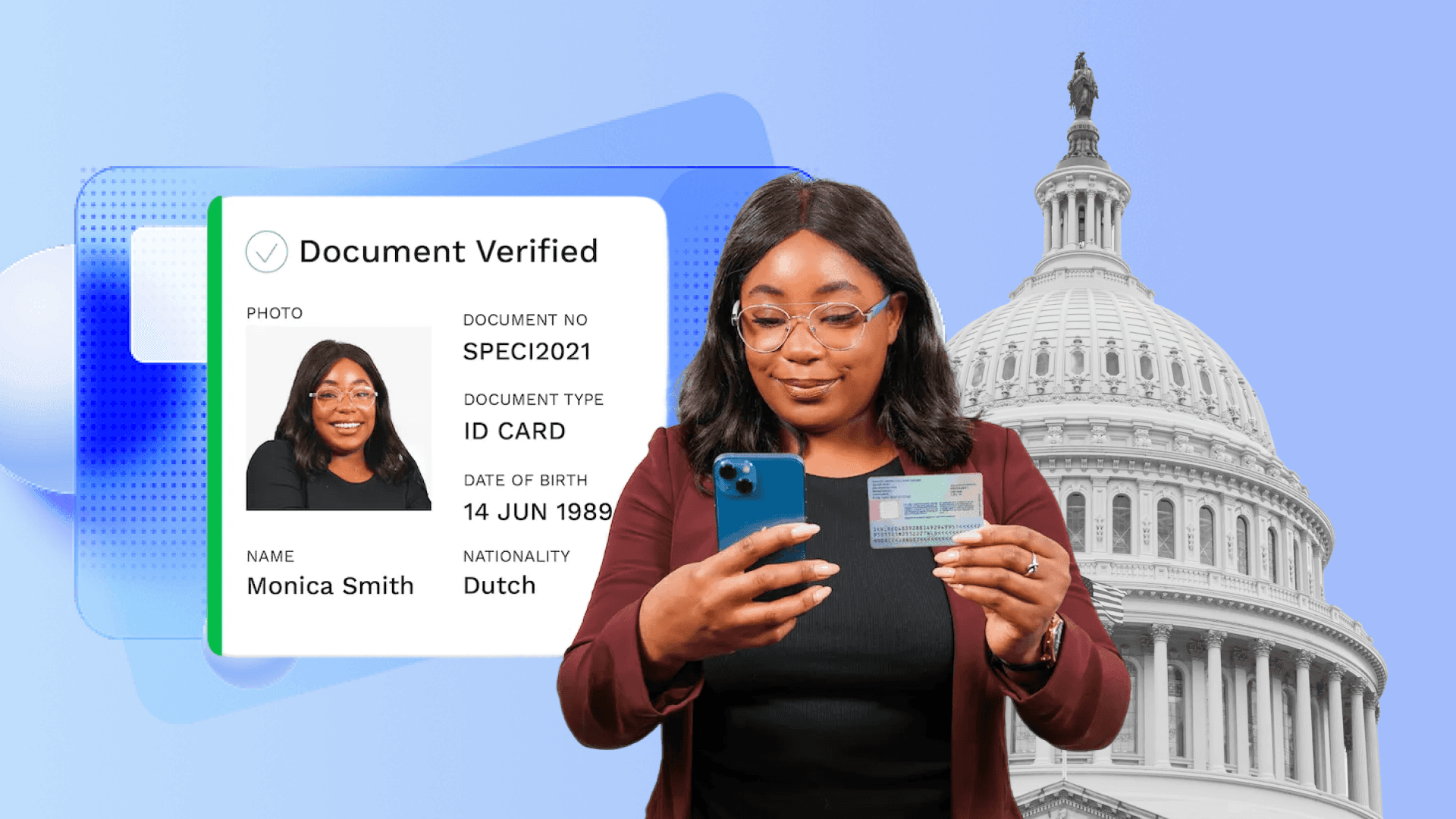Table of Contents
How To Build a Music Streaming App in the USA
Author

Subject Matter Expert

Date

Book a call
Streaming defines how the world listens—and how businesses capture loyal audiences. In 2025, Spotify leads with 678 million monthly active users, nearly 40% on paid subscriptions, underscoring how digital audio dominates consumer entertainment. The U.S. market is at the forefront of this growth, driven by on-demand music, personalized recommendations, and the explosive rise of podcasts as mainstream content.

Source: Digital Music News (U.S. Music Streaming Market Share, 2024–2025
Inside the Booming Music Streaming Market (U.S. Focus)
The music streaming market is experiencing one of its fastest growth phases in history, driven by changing user behavior and rapid technological advancements. Globally, the industry is projected to grow from USD 44.58 billion in 2024 to USD 132.59 billion by 2032, reflecting an impressive 14.6% CAGR. This growth is powered by the demand for on‑demand music, AI‑driven personalization, and the booming popularity of podcasts and audiobooks.
The U.S. Market Outlook
- Personalized User Experience: AI‑powered recommendations and curated playlists are now baseline expectations.
- Podcast Integration: With the U.S. leading global podcast consumption, apps that blend music and spoken‑word content are seeing higher retention rates.
- Gen Z and Millennial Influence: Younger demographics are prioritizing streaming over traditional ownership, accelerating platform engagement.

Source: Digital Music News & industry projections
Why Now Is the Right Time to Build a Music Streaming App
Changing How People Listen
Generations Shaping the Market
What This Means for Businesses
Business Models That Work for Music Streaming Apps
Building a music streaming app means aligning creators, audiences, and revenue into a seamless flow of value. The right business model determines how quickly an app acquires users, scales content, and becomes profitable.

The Power of Choice: Monetization Models for Growth
1. Freemium Model
2. Subscription-Only Model
3. Licensing Model
4. Enterprise and White-Label Solutions
Strategic Advice for Choosing Your Model
- Know Your Audience: Are you targeting the mass market with free-to-premium upsells or an exclusive user base willing to pay for premium features from day one?
- Align with Content Strategy: If your strength lies in unique or exclusive content, a subscription or licensing model may offer greater value than ad-based models.
- Think Long-Term Scalability: Freemium models require robust ad partnerships and high traffic, while enterprise or licensing models need fewer users but deeper B2B relationships.
- Combine When Necessary: Many successful platforms blend models—freemium for consumer growth alongside enterprise licensing for stable B2B revenue.
Inside the Architecture of a Modern Music Streaming App
When you press play on a song, it feels instantaneous, almost magical. In reality, an entire orchestra of technology plays behind the scenes to make that single click deliver high-quality music to your ears, anywhere, anytime. This is where app architecture comes in, the invisible backbone that powers your experience.

From Listener to Library: How It All Flows
- Client Layer – The jogger’s mobile app (or smartwatch, or even a car infotainment system) is the first touchpoint. It’s designed for speed and ease of use, connecting instantly to the backend.
- API Gateway – Think of this as the app’s air-traffic controller. Every command—like playing a track, saving a playlist, or liking a song—first lands here. The gateway decides where each request should go, ensuring efficiency and security.
- Core Microservices – Behind the scenes, several specialized services work together to keep the experience smooth. The User and Authentication Service verifies subscriptions and securely logs listeners into the app, ensuring they have the right access. The Music Catalog Service retrieves everything needed for discovery—songs, album art, and playlist details—so users can browse effortlessly. Once play is tapped, the Streaming Service delivers high-quality audio with minimal buffering, even when moving between networks. Enhancing this is the Recommendation Engine, which studies listening patterns and suggests playlists tailored to mood and activity, like a morning workout or late-night relaxation. Meanwhile, the Analytics Service captures insights on listening behavior, helping improve recommendations and overall app performance with every session.
- Data & Content Delivery – The music itself is stored securely in cloud infrastructure and distributed via Content Delivery Networks (CDNs). These servers sit strategically around the globe, so the jogger hears smooth playback whether they’re in New York or Los Angeles.
- Admin & Artist Dashboard – While the jogger enjoys their run, artists and administrators use a separate dashboard to upload new songs, track listener metrics, and manage licensing agreements—all running on the same architecture.
Why This Matters
How to Develop a Music Streaming App In the USA – A Step-by-Step Process
The music streaming landscape is evolving fast, driven by new listener behaviors and innovative technologies. Building a platform today is about seizing this momentum—creating experiences that engage users, empower creators, and scale effortlessly. Based on our expertise in delivering streaming solutions for global clients, here’s how you can approach the development journey effectively

1. Define Your Vision and Niche
2. Secure Licensing and Legal Framework
3. Design the Experience (UI/UX)
4. Build Essential Features with Room for Innovation
5. Choose a Scalable Technology Stack
6. Build, Test, and Refine
7. Launch with a Growth Mindset
8. Innovate Continuously
Must-Have Features for a Music Streaming App Like Spotify
A music streaming app’s success depends on how well it balances essential functionality with innovative user experiences. Based on our experience building scalable digital platforms, these are the features that define a market-ready streaming solution.

Core Features That Form the Foundation
Advanced Features for Competitive Edge
Tech Stack for a Music Streaming App
Choosing the right tech stack is crucial for delivering seamless music playback, scalability, and personalized user experiences. Based on our expertise in building high-performance streaming platforms, here is a proven technology stack commonly used for music streaming apps.
| Layer | Technologies / Tools | Purpose |
|---|---|---|
| Frontend (Mobile) | React Native, Flutter | Cross-platform development for iOS & Android apps with a single codebase. |
| Frontend (Web) | React.js, Angular | Building responsive web applications and dashboards. |
| Backend | Node.js, Python (Django/Flask), Java (Spring) | Core logic, user authentication, streaming APIs, and service management. |
| Databases | PostgreSQL, MongoDB, Redis | User data, playlists, caching, and fast data retrieval. |
| Media Streaming | Wowza, AWS MediaLive, WebRTC | Handling real-time streaming and content delivery. |
| Media Streaming | Wowza, AWS MediaLive, WebRTC | Handling real-time streaming and content delivery. |
| Cloud & Hosting | AWS, Google Cloud Platform (GCP), Microsoft Azure | Scalable hosting, storage, and serverless architecture. |
| Content Delivery (CDN) | AWS CloudFront, Akamai, Cloudflare | Low-latency, global music file delivery and caching. |
| AI/ML | TensorFlow, PyTorch, Amazon Personalize | Recommendation engines and personalization algorithms. |
| Payment Gateways | Stripe, PayPal, Braintree | Secure subscription and transaction handling. |
| Push Notifications | Firebase Cloud Messaging (FCM), OneSignal | User engagement and content updates. |
| Analytics & Monitoring | Google Analytics, Mixpanel, Datadog | Performance monitoring, user behavior tracking, and insights. |
Licensing and Legal Considerations in the USA
Music streaming platforms in the U.S. operate under strict licensing frameworks designed to protect content creators and copyright owners. For any business entering this space, understanding and complying with these regulations is critical for long-term success.
Key Licensing Types
- Public Performance License: Required to stream music to listeners; typically obtained from performing rights organizations (PROs) like ASCAP, BMI, and SESAC.
- Mechanical License: Covers the reproduction and distribution of songs in digital formats, ensuring songwriters and publishers are compensated.
- Synchronization License: Needed when music is used with visual elements (e.g., music videos or ads within the app).
Royalty Management
Copyright & Compliance
How Much Does It Cost to Build a Music Streaming App
Cost by Complexity
- Basic Apps – $60,000 – $120,000, ~3–4 months; focus on core features like user login, playlists, search, and basic playback for quick market entry.
- Medium Complexity Apps – $140,000 – $240,000, ~5–7 months; include advanced personalization, multi-device syncing, AI-driven recommendations, offline mode, and payment gateway integrations.
- High-Complexity Apps – $280,000 – $500,000+, ~8–12 months; offer enterprise-grade features like advanced analytics dashboards for artists, collaborative playlists, podcast integrations, voice assistant compatibility, and high-end security.
Indetail Music Streaming App Development Cost Breakdown
| Stage | Time Duration | Cost Range (USD) | What’s Covered |
|---|---|---|---|
| Discovery & Planning | 2–3 weeks | $10,000 – $20,000 | Market research, feature roadmap, technical architecture planning |
| UI/UX Design | 3–4 weeks | $16,000 – $30,000 | Wireframes, design system, user journey mapping |
| Backend Development | 6–8 weeks | $40,000 – $80,000 | APIs, streaming architecture, database setup |
| Frontend Development | 8–10 weeks | $50,000 – $100,000 | Mobile apps(iOS, Android), web interface |
| Integrations & Features | 4–5 weeks | $30,000 – $60,000 | Payment gateways, analytics, AI recommendations |
| Testing & QA | 3–4 weeks | $20,000 – $40,000 | Functional, performance, and security testing |
| Deployment & Launch | 1–2 weeks | $10,000 – $20,000 | App store publishing, cloud deployment, monitoring |
| Post-Launch Support | Ongoing (monthly) | $4,000 – $10,000 / month | Maintenance, updates, and performance tuning |

Saurabh Sahu
CTO, GeekyAnts
GeekyAnts: Your Expert Tech Partner for Music Streaming Solutions
Why Choose GeekyAnts?
Our Capabilities
- High-Performance Streaming Architecture: Cloud-native infrastructure designed for low-latency delivery and millions of concurrent users.
- AI-Powered Personalization: Recommendation systems tailored to user listening habits, increasing engagement and session time.
- Multi-Platform Experience: Consistent design and performance across mobile, web, and connected devices using React Native, Flutter, and native SDKs.
- Creator & Admin Dashboards: Comprehensive tools for content management, royalty tracking, and analytics.
- Compliance & Licensing: Secure payment integrations, rights management, and regulatory compliance (EMVCo, PCI DSS).
- Data & Insights: Advanced analytics to improve content strategy, enhance retention, and support data-driven decision-making.
Case Studies
1. Music App for an Indigenous Brand
2. Multi-Platform Accountability App for Music Lessons
Why It Matters
Ready to Build Your Music App?
Conclusion
The music streaming industry is evolving into a hub of personalization, scalability, and user-first design. Building a platform like Spotify today is more than technology; it is about creating experiences that engage listeners, empower creators, and scale effortlessly. With the right architecture, licensing strategy, and innovative features, businesses can capture a growing digital audio audience. GeekyAnts brings proven expertise and a product-first mindset to help transform ideas into competitive, future-ready music streaming ecosystems.
FAQ about Music Streaming App Development
1. What does a music streaming app need to succeed?
2. How long does it take to build a music streaming app like Spotify?
3. Can I start with an MVP and scale later?
4. What licenses and legal requirements should I consider when developing a music streaming app?
5. What are the biggest challenges in music streaming app development?
6. How can I monetize my music streaming app effectively?
7. What are the future trends in music streaming apps like Spotify?
Dive deep into our research and insights. In our articles and blogs, we explore topics on design, how it relates to development, and impact of various trends to businesses.





